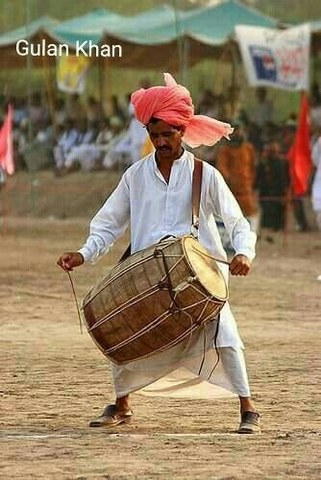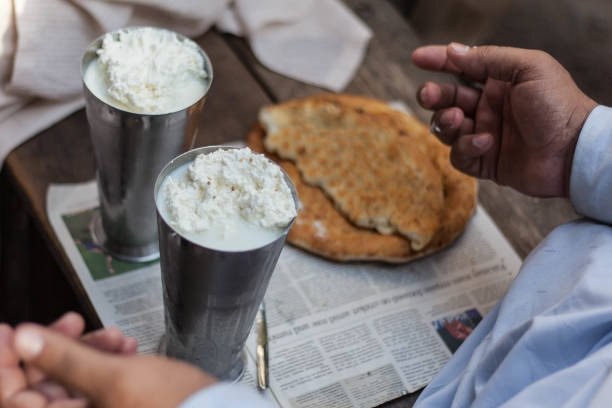The Sights, Sounds and Flavors of Punjab
Pakistan’s second-largest province, Punjab is full of historical significance, culture and of course, the love for food is said to be an inherent part of a Punjabi’s gene pool. In this article, we shall be celebrating the many beautiful aspects Punjab has to offer!
The Sights Famous Cities
Lahore - The second-largest city of Pakistan with the most historical and cultural influences is perhaps one of the first stops to make when taking a tour of the great Punjab. World Heritage sites such as the Shalimar Gardens and the Lahore Fort are architectural wonders left behind by the Moghul Empire. Prime examples of Sikh architecture are also present in the form of the Samadhi of Ranjit Singh and Hazuri Bagh Baradari, from the era of the Sikh Empire’s rule over Punjab. The historic Minar-e-Pakistan is of course a must visit, as are the many shrines and mosques, such as the Data Darbar, Badshahi Mosque, tomb of Qutb-ud-din Aibak and Wazir Khan mosque.

Multan - City of the saints, is also a major economic and cultural hub of southern Punjab. The ancient Multan Sun Temple is speculated to be 2,000 years old, where the Hindu sun god Surya was worshipped, and was also mentioned by the Greek admiral Skylax, who passed through the region 515 BC. Apart from its ancient historical significance, Multan is also known for the many saints and sufis, with hundreds of shrines dotting its landscape. These saints went far and wide to spread the message of Islam, of peace, love and tolerance through words of wisdom, prose and poetry. Some notable shrines include those of the Baha-ud-Din Zakariya, Mai Maharban and Shah Yousaf Gardezi.
The Sounds
While every province has its own unique style of music, Punjab’s is perhaps the most diverse. Musical instruments such as the dhol are closely tied to Punjabi culture, for example dhols are a must at celebratory events such as weddings.
Folk music of Punjab uses instruments such as the chimta, dhol and algoze, and the songs center around heroic acts and romantic love stories, often ending in tragedy, as most legendary love tales are wont to do. And of course, no wedding is complete without the traditional wedding songs, dating back centuries which speak about a bride’s hopes and dreams, the sadness of leaving her home and family, and sometimes even funny quips about her in-laws.

Dance-oriented music is another popular genre of Punjab, the most popular of which is bhangra, and is tied to the traditional and folkloric Punjabi dance styles. This music has evolved to a more modern beat, with younger generations adding their own pop twist to the music style.
In the 2000s the fusion of Punjabi and Western music evolved to serve as an identity for those first-generation Punjabis born abroad, especially in the UK and Canada. Punjabi club music is now enjoyed throughout the world in all sorts of clubs, people dancing away the night to Punjabi dance hits, especially for South Asians.
The Flavors
Punjabi cuisine is heavily influenced by the agricultural and farming lifestyle, a prevalent aspect of Punjab dating as far back to the ancient Indus Valley Civilization. Staples such as whole grains, vegetables, lentils, dairy and meat products are part of a typical Punjabi diet. Basmati rice, lassi, sarson ka saag and makki ki roti are but a few examples of Punjabi cuisine.

While styles of cooking may vary, the traditional style Punjab is often known for is the tandoor, or underground oven. Punjabis pride themselves on their warm, welcoming and hospitable nature. Refusing to partake in a meal is considered borderline offensive, and guests are often invited to stay on for dinner or lunch, since communal dining is part of Punjabi etiquette. Even when guests visit, food items are often considered as gifts. Travelling through Punjab’s landscape, each region is defined by the local palate, which is visible in the street food, restaurants and homemade meals, thus highlighting the important role food plays throughout the province.